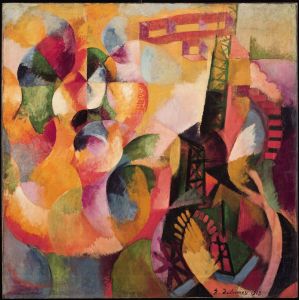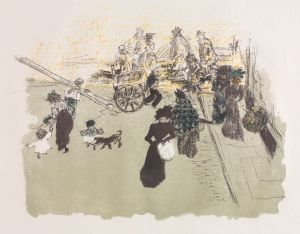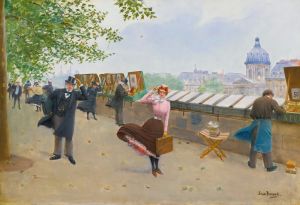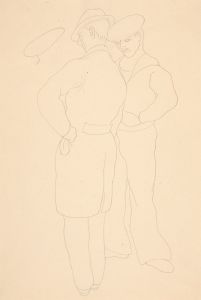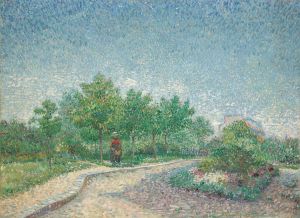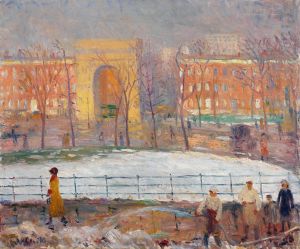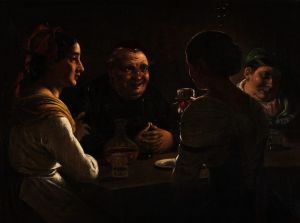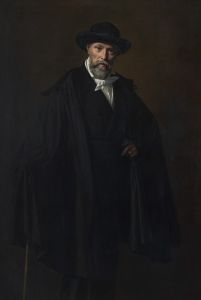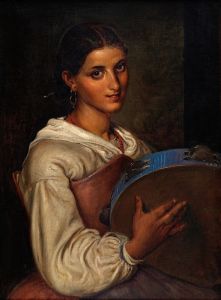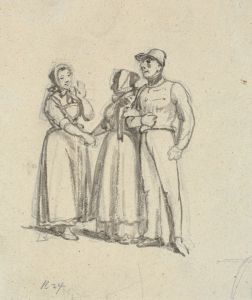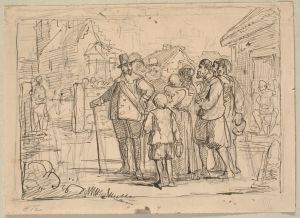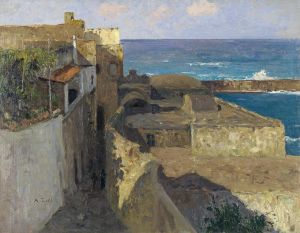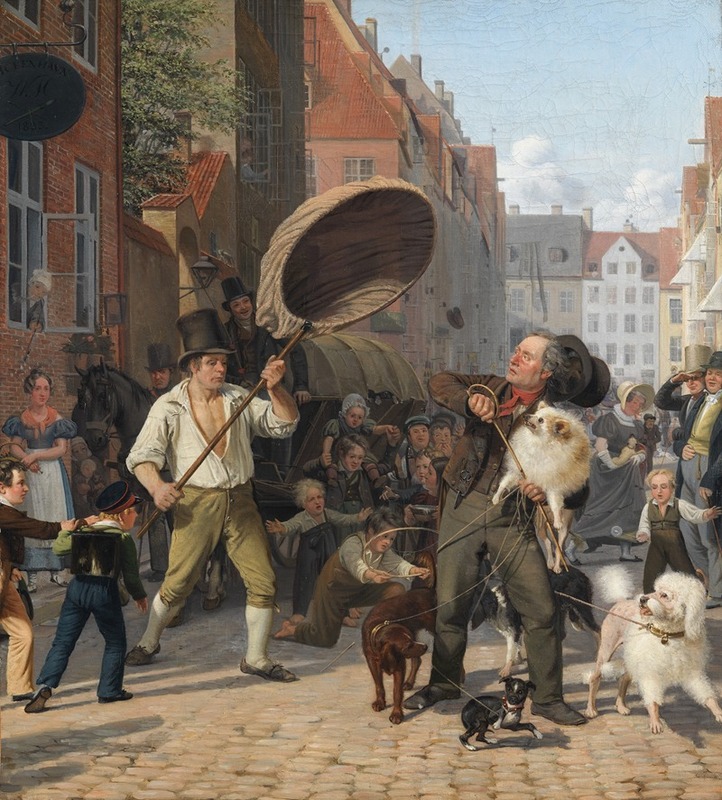
Street Scene in the Dogdays
A hand-painted replica of Wilhelm Marstrand’s masterpiece Street Scene in the Dogdays, meticulously crafted by professional artists to capture the true essence of the original. Each piece is created with museum-quality canvas and rare mineral pigments, carefully painted by experienced artists with delicate brushstrokes and rich, layered colors to perfectly recreate the texture of the original artwork. Unlike machine-printed reproductions, this hand-painted version brings the painting to life, infused with the artist’s emotions and skill in every stroke. Whether for personal collection or home decoration, it instantly elevates the artistic atmosphere of any space.
"Street Scene in the Dogdays" is a painting by the Danish artist Wilhelm Marstrand, created in 1853. Marstrand, born in 1810 and deceased in 1873, was a prominent figure in the Danish Golden Age of painting. He is well-known for his genre scenes, historical paintings, and portraits, often characterized by their lively and detailed depiction of everyday life.
The painting "Street Scene in the Dogdays" captures a bustling street scene during the height of summer, often referred to as the "dog days." This term traditionally refers to the hottest period of the year, typically in July and August, associated with the rising of the star Sirius, also known as the Dog Star. The painting is set in Rome, a city that Marstrand frequently visited and which greatly influenced his work.
In "Street Scene in the Dogdays," Marstrand showcases his skill in portraying the vibrancy and dynamism of urban life. The composition is filled with various figures engaged in different activities, reflecting the social interactions and daily routines of the time. The painting features a mix of people from different social strata, including street vendors, children playing, and passersby, all rendered with a keen eye for detail and a sense of movement.
Marstrand's use of light and color in this painting is particularly noteworthy. The bright, intense sunlight typical of the Roman summer is effectively conveyed through his use of warm tones and strong contrasts. This not only enhances the realism of the scene but also adds to the overall atmosphere of heat and activity.
The architectural elements in the background, including the buildings and streets, are depicted with precision, providing a sense of place and context. Marstrand's attention to detail extends to the clothing and accessories of the figures, which are rendered with accuracy and contribute to the historical authenticity of the scene.
"Street Scene in the Dogdays" is a testament to Marstrand's ability to capture the essence of a moment in time, blending realism with a lively narrative quality. The painting is part of the collection of the Statens Museum for Kunst (National Gallery of Denmark) in Copenhagen, where it continues to be appreciated for its artistic and historical significance.
Marstrand's work, including this painting, reflects his deep interest in human nature and social interaction, as well as his technical prowess. His contributions to Danish art have left a lasting legacy, and "Street Scene in the Dogdays" remains a notable example of his talent and vision.





